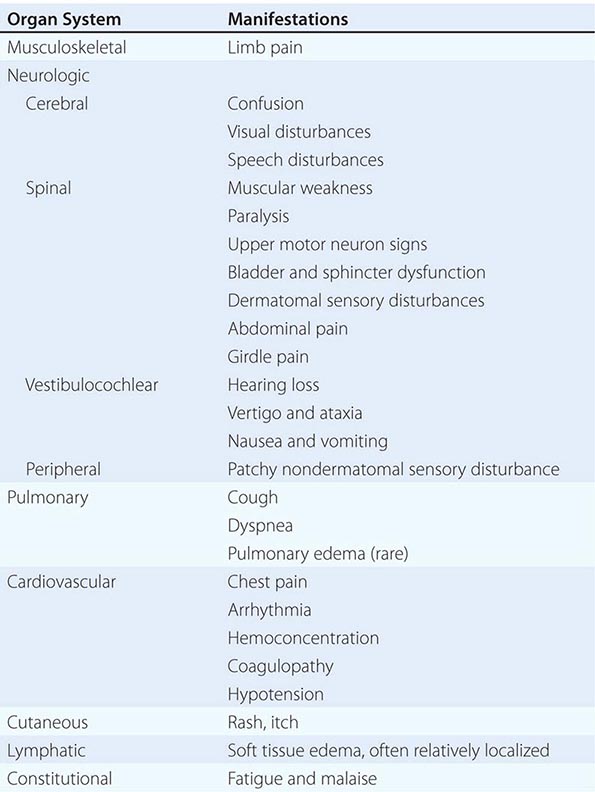

Bat activity generally peaked at all sites in the early evenings independent of lunar phase, suggesting that foraging just after sunset may be adaptive.
#BAROTRAUMA TRAITS FULL#
Lunar phase did not significantly affect activity on full moon versus new moon nights.

In total, we recorded 5865 passes from six bat families, with Vespertilionidae and Molossidae occurring at all sites.

From May 2016 to March 2017, we deployed long-term acoustic detectors at three locations of varying altitudes to record bat activity and captured bats to confirm species identities once per month. lunar phase and ambient temperature) on bat activity and species richness in the northern Namib Desert, Namibia. To address this information gap, we examined the effects of environmental factors (i.e. Understanding how environmental conditions affect bat activity is thus important for bat conservation, but understudied across much of Africa. Our results highlight that bat fatalities at wind turbines lead to the loss of trophic interactions and ecosystem services provided by bats, which may add to the functional simplification of ecosystems and impaired crop production in multi‐functional ecosystems with wind turbine facilities.īat activity and species richness patterns are often used to assess bat population trends. Global energy production from wind power is constantly increasing, with unforeseen consequences for wildlife populations and ecosystems. Bat fatalities at wind turbines may lead to the loss of trophic interactions and ecosystem services provided by bats, which may add to the functional simplification and impaired crop production, respectively, in multi‐functional ecosystems. Our study suggests that the potential damage of wind energy production goes beyond the loss of bats and the decline of bat populations. Agricultural and silvicultural pest insects made up about 20% of insect species consumed by the studied bats. Common noctule bats consumed a wide variety of insects from different habitats, ranging from aquatic to terrestrial ecosystems (e.g., wetlands, farmland, forests, and grasslands). Specifically, we identified insect DNA in the stomachs of common noctule bats (Nyctalus noctula) killed by wind turbines in Germany to infer in which habitats these bats hunted. Here, we studied the trophic interactions of bats killed at wind turbines using a DNA metabarcoding approach to shed light on how turbine‐related bat fatalities may possibly affect local habitats. We suggest that one reason why there are fewer bird than bat fatalities is that the unique respiratory anatomy of birds is less susceptible to barotrauma than that of mammals.Īgricultural practice has led to landscape simplification and biodiversity decline, yet recently, energy‐producing infrastructures, such as wind turbines, have been added to these simplified agroecosystems, turning them into multi‐functional energy‐agroecosystems. Air pressure change at turbine blades is an undetectable hazard and helps explain high bat fatality rates. We found that 90% of bat fatalities involved internal haemorrhaging consistent with barotrauma, and that direct contact with turbine blades only accounted for about half of the fatalities. We report here the first evidence that barotrauma is the cause of death in a high proportion of bats found at wind energy facilities. Barotrauma involves tissue damage to air-containing structures caused by rapid or excessive pressure change pulmonary barotrauma is lung damage due to expansion of air in the lungs that is not accommodated by exhalation. The decompression hypothesis proposes that bats are killed by barotrauma caused by rapid air-pressure reduction near moving turbine blades. Given that echolocating bats detect moving objects better than stationary ones, their relatively high fatality rate is perplexing, and numerous explanations have been proposed. Bird fatalities at some wind energy facilities around the world have been documented for decades, but the issue of bat fatalities at such facilities - primarily involving migratory species during autumn migration - has been raised relatively recently.


 0 kommentar(er)
0 kommentar(er)
